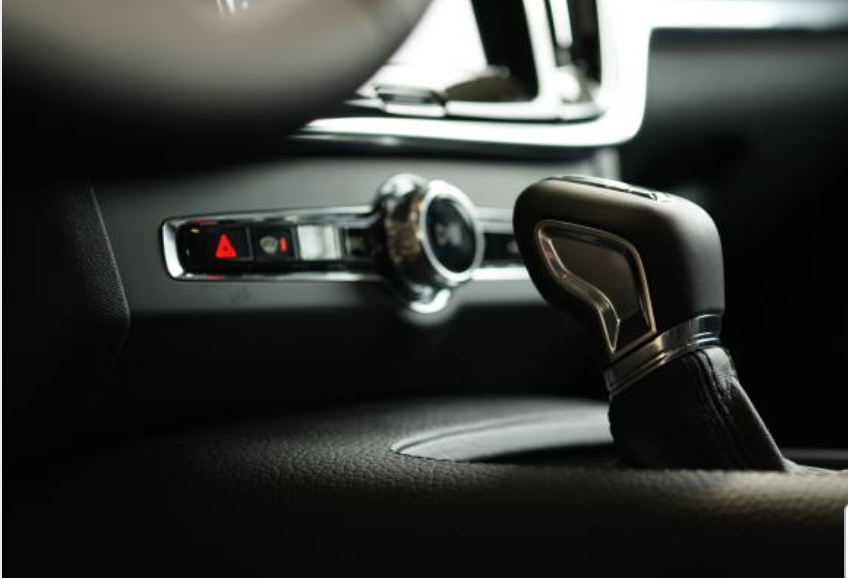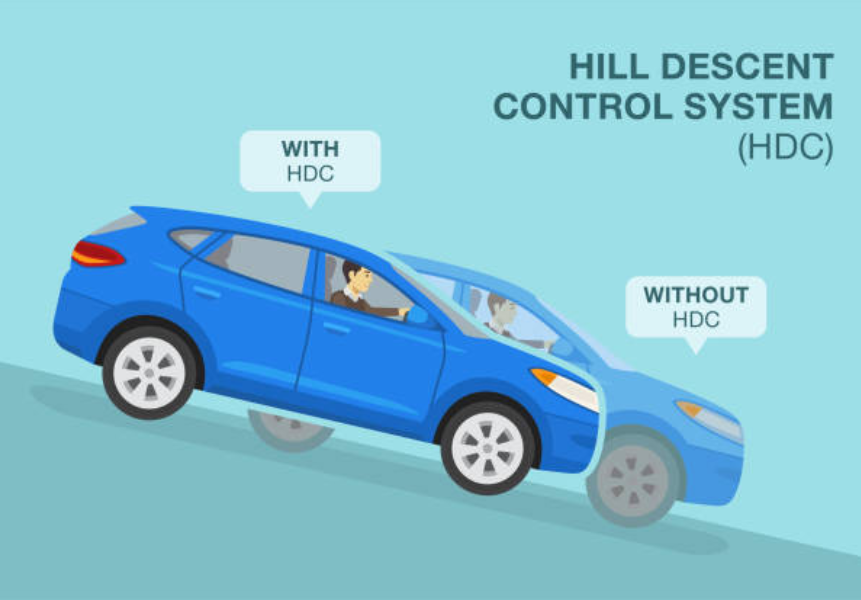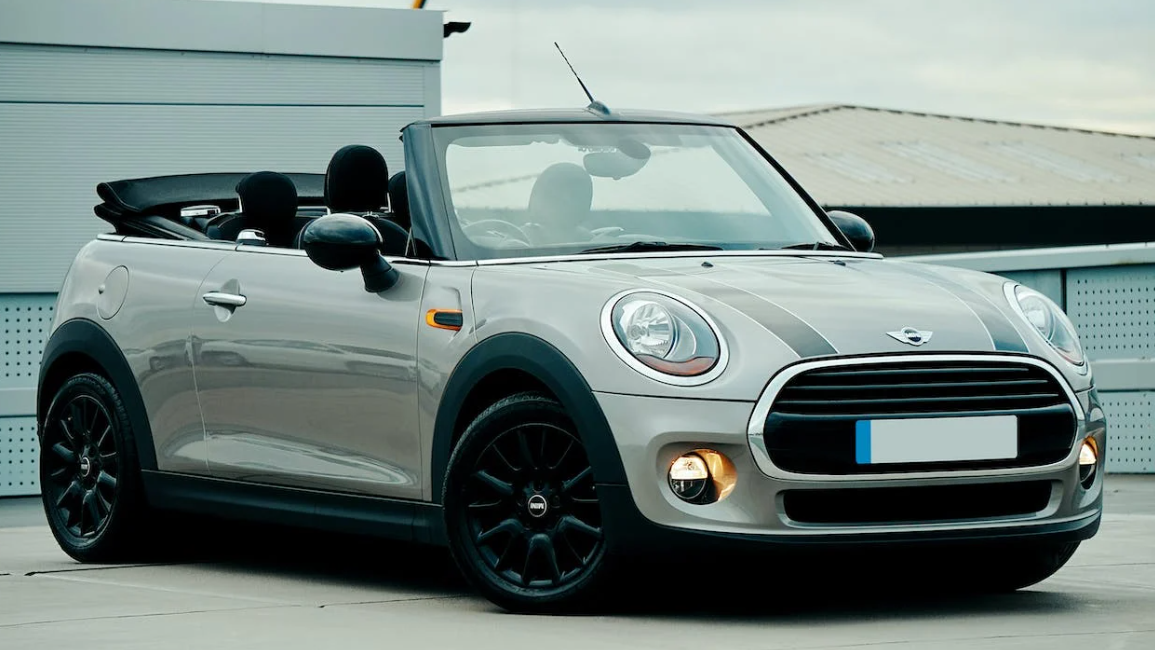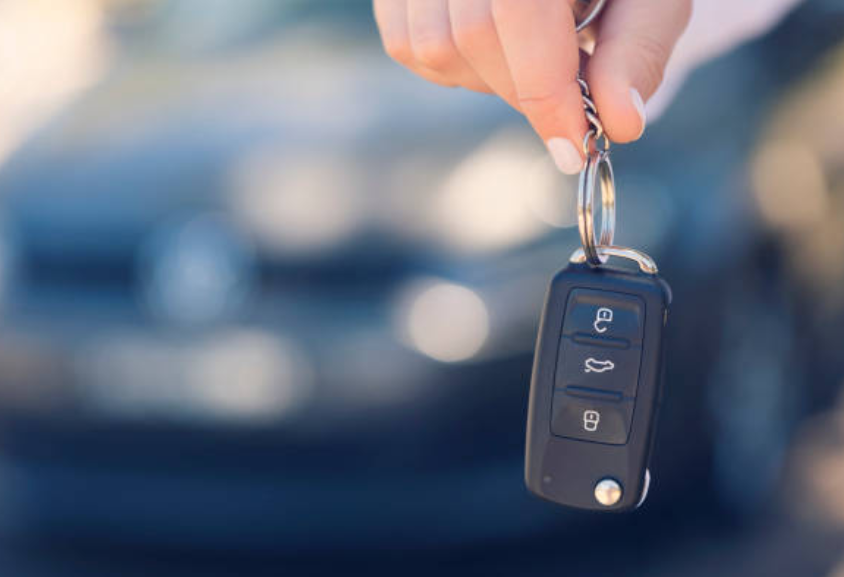Understanding Engine Braking: A Guide to Its Benefits and Techniques
Experienced drivers frequently use engine braking, commonly referred to as "compression braking" or "Jake braking," to slow down a vehicle without exclusively using the conventional braking system. Engine braking is a fascinating idea that is sometimes misunderstood or ignored, but understanding it may have substantial advantages, especially when driving in difficult circumstances or on steep descents. In this blog, we will delve into the art of engine braking, exploring its advantages, techniques, and safety considerations to enhance your driving skills and promote safer roadways.

Understanding Engine Braking
Engine braking, also known as compression braking or Jake braking, is a driving technique used to slow down a vehicle without relying solely on the traditional braking system. It involves using the engine's resistance and mechanical drag to decelerate the vehicle gradually, working against its momentum. Engine braking is commonly associated with manual transmission vehicles, but it can also be utilized in automatics equipped with manual mode or paddle shifters.
Reducing the throttle input causes the engine's power output to drop during the engine braking process. The engine thus generates a natural braking force, which causes the car to slow down. This method offers better control over the vehicle's speed and reduces wear on the conventional brake components, making it particularly beneficial while driving in difficult weather or negotiating steep descents.
To apply engine braking effectively, drivers downshift to an appropriate gear that matches the vehicle's speed and road conditions. This allows for smooth deceleration without straining the engine or transmission. Gradual application of engine braking is crucial to avoid sudden jerks or skids. Drivers should avoid over-revving the engine and ensure that the RPM stays within the safe operating range to prevent engine damage.

Extended Brake Life: Reduced wear and tear on the conventional braking system is one of the main advantages of engine braking. Less strain is imposed on the brake pads and rotors when the engine is used to slow the vehicle down, increasing brake life and perhaps reducing the cost of brake maintenance and replacement.
Enhanced Control: When driving downhill or on slick terrain, engine braking gives the driver more control over the car's pace. It enables motorists to slow down gently and keep at a constant speed, lowering the possibility of sliding or losing control of the car.
Improved Safety on Descents: When driving downhill or on steep inclines, engine braking helps prevent the vehicle from gaining excessive speed, which can be challenging to manage with traditional braking alone. This can be especially crucial for larger vehicles or those towing trailers.
Less Brake Fade: Traditional braking generates heat, and prolonged use can lead to brake fade, reducing braking efficiency. Engine braking produces less heat, reducing the risk of brake fade and maintaining consistent braking performance over extended periods.
Conserves Fuel: Using engine braking effectively allows the vehicle to convert its kinetic energy back into usable engine power. This regenerative process helps save fuel and can lead to improved overall fuel efficiency, especially during downhill stretches.
Smoother Driving Experience: Engine braking provides a smooth and controlled deceleration, which can result in a more comfortable driving experience for both the driver and passengers.
Less Environmental Impact: Engine braking's regenerative nature contributes to a reduced environmental impact, as it conserves fuel and produces fewer emissions compared to traditional braking methods.
Less Noise Pollution: Engine braking produces less noise than using traditional brakes, which can be particularly beneficial in areas where noise restrictions are in place or in residential neighborhoods.
Minimizes Brake Overheating: In situations where the traditional braking system is heavily relied upon, such as when descending steep grades, brake overheating can occur. Engine braking reduces the need for continuous brake application, minimizing the risk of brake overheating.
Driving Safety in Emergencies: Engine braking can be a valuable technique in emergency situations where the regular braking system may fail or be compromised. It offers an additional layer of control and helps bring the vehicle to a safer stop.

- Match Gear to Speed: When engaging engine braking, downshift to an appropriate gear that matches the vehicle's speed and road conditions. This will ensure smooth deceleration without putting undue stress on the engine or transmission.
- Gradual Application: Avoid sudden throttle reductions, as this may cause the vehicle to jerk or skid. Instead, apply engine braking progressively to achieve a smooth and controlled slowdown.
- Avoid Over-Revving: Ensure the engine's RPM stays within the safe operating range to prevent engine damage. Monitor the tachometer and upshift when necessary.
- Combine with Traditional Braking: While engine braking is a valuable technique, it is not a replacement for traditional braking. In emergency situations or when coming to a complete stop, use both engine braking and regular brakes to ensure maximum safety.
-
Is engine braking a substitute for traditional braking?
No, engine braking is not a replacement for traditional braking. It is best used in combination with regular brakes to ensure maximum safety and control, especially during emergency situations or when coming to a complete stop.
-
Can engine braking be used on slippery or wet surfaces?
While engine braking can be effective on various surfaces, it's essential to exercise caution on slippery or wet roads. Engaging engine braking abruptly on such surfaces may lead to skidding or loss of control.
View more article here: Top 10 Anti-Rattle Hitch Devices For A Smooth Towing Experience
















